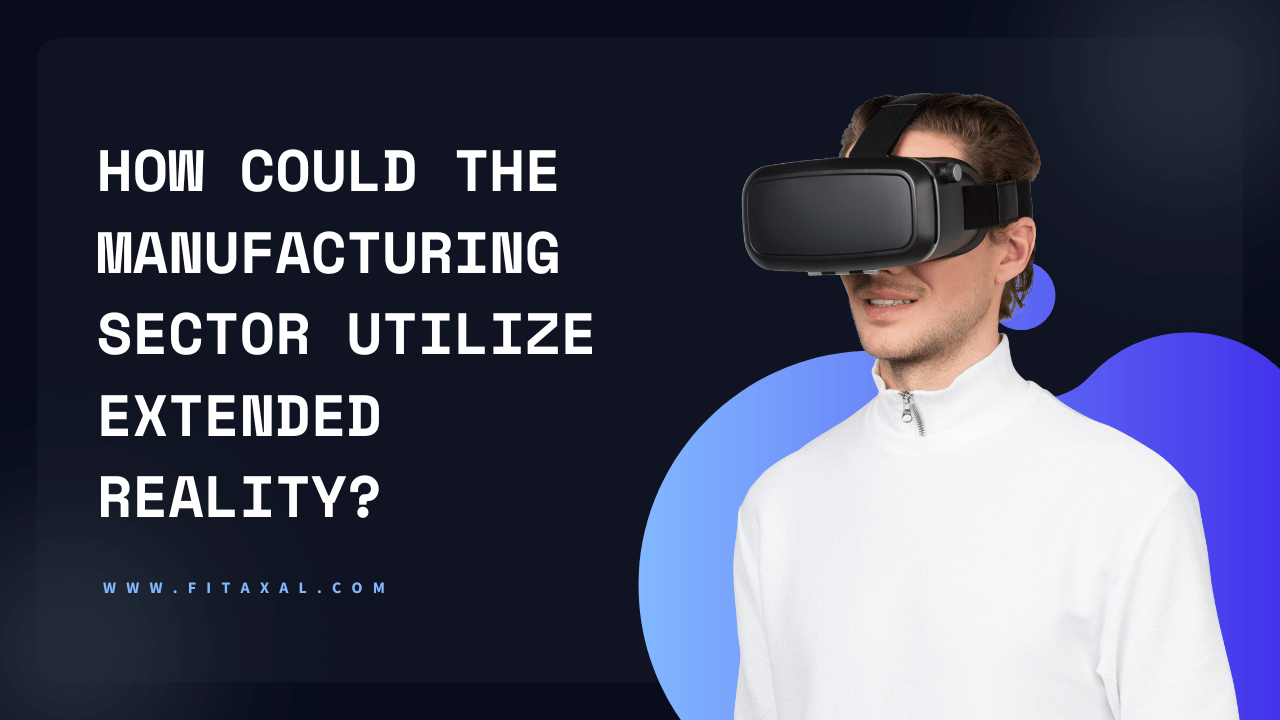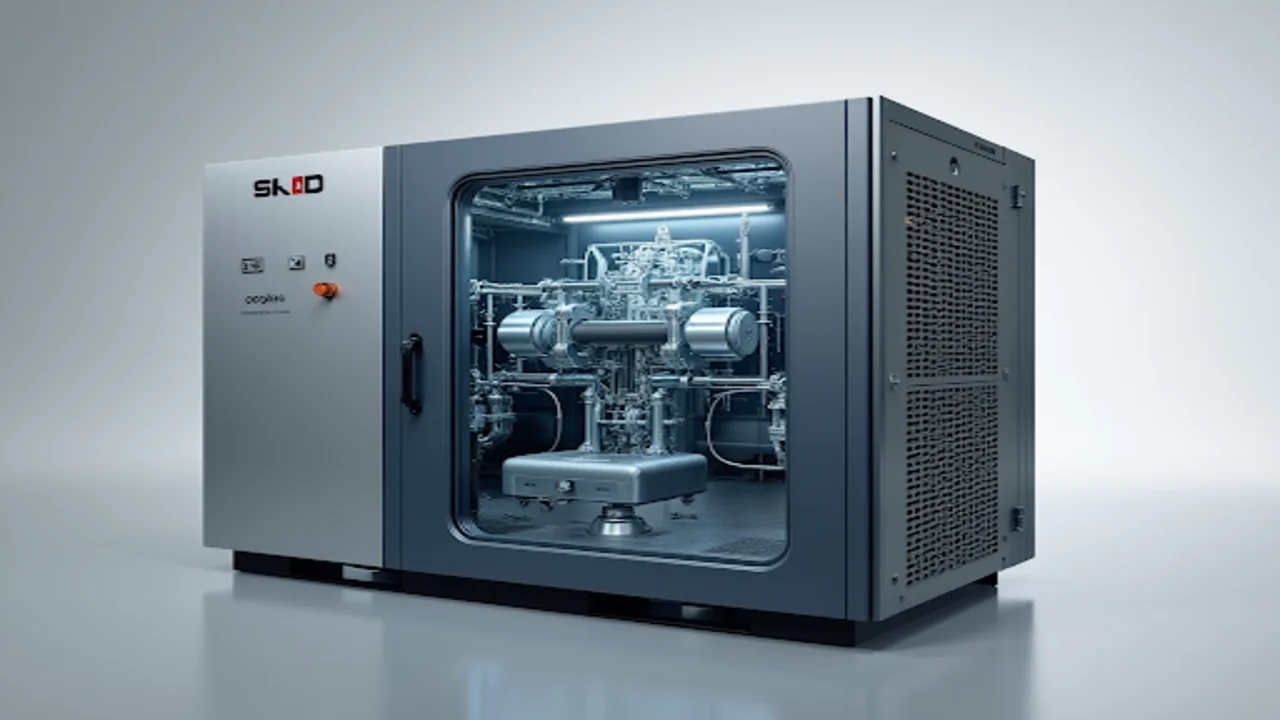Introduction: Exploring XR in the Manufacturing Landscape
Extended Reality (XR) is at the forefront of technological innovation. This umbrella term includes Virtual Reality (VR), Augmented Reality (AR), and Mixed Reality (MR). In this comprehensive guide, we’ll explore how could the manufacturing sector utilize extended reality?
XR Applications in Manufacturing: A Transformative Approach
1. Virtual Reality for Industrial Use: Simulating Success
Virtual reality creates immersive environments, allowing manufacturing professionals to:
- Enhance Product Design and Prototyping: By using VR, engineers can visualize and test prototypes in virtual environments, reducing development time.
- Virtual Training for Manufacturing Workers: VR provides risk-free, realistic training scenarios, which translates to improved skill development and safety.
2. Augmented Reality in the Manufacturing Industry: Connecting Real and Virtual Worlds
Augmented reality overlays digital information onto the physical world. Applications in manufacturing include:
- AR-enabled Maintenance in Manufacturing: Technicians can access real-time data and guidance, improving accuracy and efficiency in maintenance tasks.
- Improving Safety with Extended Reality in Factories: By overlaying safety information, AR ensures a safer working environment.
3. Mixed Reality for Manufacturing Processes: Blending the Best of Both Worlds
Mixed reality combines VR and AR to provide:
- Smart Factory and Extended Reality Integration: MR enables real-time monitoring and control, optimizing factory operations.
- Enhancing Manufacturing with Extended Reality: Through XR, companies can create a smarter, more connected manufacturing environment.
XR Solutions for Production Efficiency: Beneficial Breakthroughs
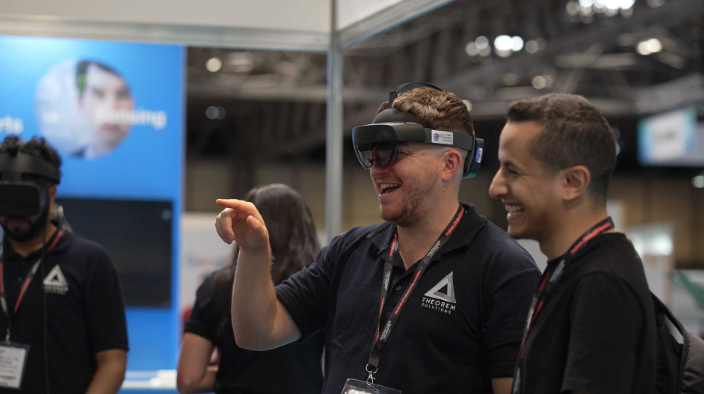
Immersive Technology for Manufacturing: The Road to Revolution
- Industrial Applications of Extended Reality: From automotive to pharmaceuticals, various industries are embracing XR to boost productivity and reduce downtime.
- XR-Based Simulation for Manufacturing: This enables precise simulations that foster innovation and efficiency.
Utilizing AR/VR in Manufacturing: Cost-Effective Strategies
- Benefits of Extended Reality in Industry: XR can be customized for small and medium-sized businesses, offering affordable solutions to adopt these cutting-edge technologies.
Challenges and Success Stories: Real-World Insights
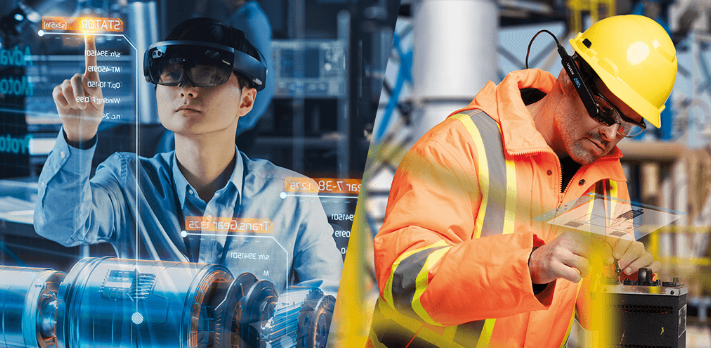
Successful Case Studies of Extended Reality Adoption in Manufacturing:
- Case Study 1: Automotive industry embracing XR for streamlined design.
- Case Study 2: Pharmaceutical sector utilizing AR for precision-driven processes.
Challenges in Integrating Extended Reality Technologies:
- Understanding the Implications: Integration requires careful planning and training.
- Cost-Effective Solutions: Finding the right fit for different business sizes.
Understanding Extended Reality Technologies: Core Concepts and Tools
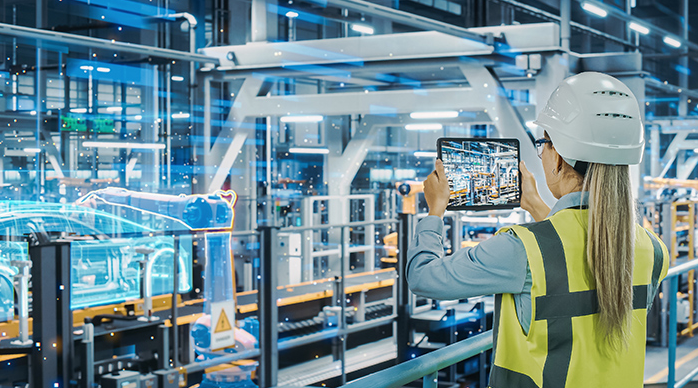
Virtual Reality (VR): Immersing in New Possibilities
Virtual Reality (VR) provides immersive experiences, allowing users to interact with a completely virtual environment. In manufacturing, VR can be utilized for:
- Product Design and Prototyping: Create virtual prototypes and conduct tests before actual production.
- Virtual Safety Training: Enhance safety by simulating hazardous scenarios and training workers in a risk-free environment.
Augmented Reality (AR): Overlaying Digital Excellence
AR superimposes digital objects onto the real world, providing enriched experiences. In manufacturing, AR plays a significant role in:
- Maintenance and Repair: Overlaying real-time information to guide technicians.
- Inventory Management: Utilizing AR to track and manage parts efficiently.
Mixed Reality (MR): Bridging Real and Virtual Worlds
MR combines elements of both AR and VR, creating an environment where physical and digital objects co-exist. Manufacturing applications include:
- Collaboration and Communication: Facilitating remote collaboration between teams.
- Real-time Monitoring: Enhancing production processes through real-time feedback.
The Road to Implementing XR in Manufacturing: A Comprehensive Guide
Assessment and Planning: Laying the Foundation
- Identifying Needs and Goals: Recognize areas where XR can have a substantial impact.
- Evaluating Technology Requirements: Assessing hardware and software requirements.
Integration and Development: Building Success
- Choosing the Right XR Solutions: Selection of VR, AR, or MR based on specific needs.
- Customized Development: Tailoring XR applications to align with company objectives.
Training and Support: Ensuring Seamless Execution
- XR Training Programs: Building expertise through specialized training.
- Ongoing Support: Continuous monitoring and support for smooth operations.
Legal and Ethical Considerations: Navigating Challenges
- Compliance with Regulations: Ensuring alignment with legal standards and regulations.
- Ethical Use of Technology: Prioritizing privacy and ethical considerations in the application of XR.
Impact of XR on Global Manufacturing Landscape: Leading Transformation
- Promoting Sustainable Practices: Utilizing XR for eco-friendly design and production.
- Enhancing Global Collaboration: Facilitating seamless collaboration across geographical boundaries.
- Improving Precision and Quality: Utilizing XR for high precision tasks and quality control.
Frequently Asked Questions on How Could the Manufacturing Sector Utilize Extended Reality?
What are the long-term implications of extended reality adoption for the manufacturing sector?
Extended reality will drive innovation, efficiency, safety, and cost-effectiveness in the long term.
How can extended reality help in reducing downtime and enhancing overall equipment effectiveness (OEE) in manufacturing?
Through real-time monitoring and predictive maintenance, XR can significantly reduce downtime and improve OEE.
Are there any training programs available to help manufacturing companies implement extended reality solutions?
Various training programs and courses are tailored to equip manufacturing teams with the necessary skills to implement XR.
What challenges might the manufacturing industry face when integrating extended reality technologies?
Challenges include technology adaptation, investment costs, and training. Support from experts and robust planning can mitigate these challenges.
What are the key factors to consider when choosing an extended reality solution for a manufacturing facility?
Factors include specific needs, budget, compliance with regulations, and support from the technology provider.
What industries or manufacturing sectors have already embraced extended reality technology, and what can others learn from their experiences?
Automotive, aerospace, pharmaceuticals, and more have adopted XR. Their success stories can offer insights into best practices and strategies.
Also Read: Best Cream for Chocolate Skin [Mentioned All Top Creams]
Conclusion: Embrace the Future with Extended Reality
Extended Reality in Manufacturing opens doors to unparalleled opportunities. By comprehending the intricacies of XR technologies and aligning them with strategic goals, manufacturing firms can revolutionize their processes, drive efficiency, foster innovation, and navigate towards a prosperous future.
Concluding our analysis of “How Could the Manufacturing Sector Utilize Extended Reality?” we hope that this article has acted as a definitive resource, providing you with clarity and enabling you to make well-informed choices.


